Deciding whether to bulk or cut is a key choice for anyone serious about strength training and muscle growth.
Each path comes with its own set of benefits and challenges that can shape your journey toward your ideal physique.
To make the most of your efforts, it’s important to understand how both approaches can influence your progress and goals.
Finding the right balance between building muscle and losing fat can be tricky.
Both bulking and cutting are essential strategies for achieving the body composition you want, but picking the right one requires some thought and planning.
When to Trim Down and When to Build Up
Deciding whether to focus on gaining or losing weight depends on individual objectives and circumstances.
Monitoring factors like body composition can provide guidance; for example, higher body fat might suggest a need to trim down.
On the other hand, if muscle mass is decreasing, it might be time to concentrate on building up.
Goals play a significant role as well: gaining strength typically means building, whereas enhancing appearance could mean trimming down.
The training routine can also influence this decision.
For those preparing for a competition, trimming down might be necessary, whereas casual gym-goers might choose to focus on gaining muscle.
Listening to bodily cues is vital—as fatigue could signal a need for increased calories, indicating a build-up phase.
The Benefits and Drawbacks of Each Method
View this post on Instagram
Grasping the positives and negatives of gaining versus losing weight can help in deciding the most suitable path.
Advantages of Building Up
- Enhanced Muscle Growth: Building up typically results in greater muscle mass through heavy lifting and a high-calorie diet.
- Improved Strength: As muscles grow, so does strength, facilitating further muscle gain.
- Increased Self-Esteem: Observable changes can boost confidence, driving continued motivation.
Drawbacks of Building Up
- Higher Body Fat: Higher caloric intake can lead to increased body fat alongside muscle.
- Reduced Muscle Definition: More body fat can obscure muscle definition, potentially frustrating some.
Advantages of Trimming Down
- Lower Body Fat: The primary aim is reducing fat through calorie restriction and increased activity.
- Improved Muscle Visibility: Reducing fat exposes underlying muscle, enhancing definition.
- Rapid Changes: Faster results can be motivating for those seeking immediate change.
Drawbacks of Trimming Down
- Muscle Loss: Reduced calorie intake might lead to muscle breakdown.
- Increased Challenge: Maintaining a calorie deficit requires significant discipline.
- Greater Hunger: Less food can lead to hunger, complicating adherence to diet and exercise regimes.
Recognizing Your Physical Composition and Objectives
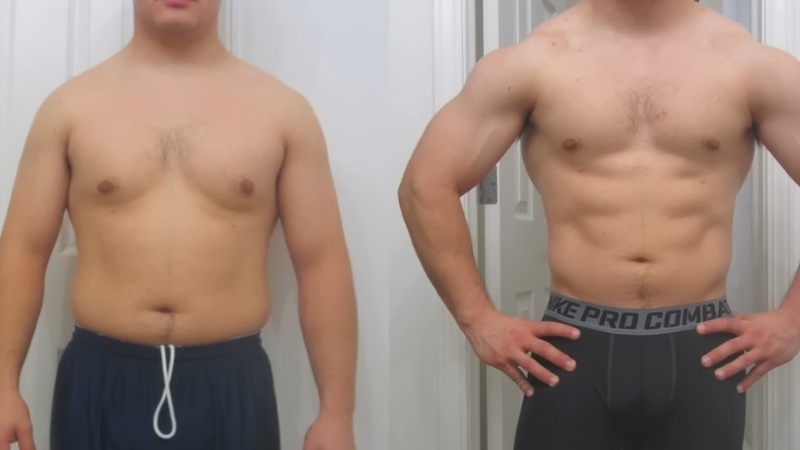
Comprehending the balance between fat and muscle in your body is vital when considering whether to increase muscle mass or reduce body fat. This assessment provides a clear picture of where you are starting and what goals you should focus on. The ratio between fat and muscle is a key indicator.
Among the various methods available, a DEXA scan provides the most precise estimate of your body’s composition. If it’s not an option, other methods such as skinfold calipers, bioelectrical impedance, and waist-to-hip measurements can still be useful tools.
Method
Precision
Expense
Equipment Required
DEXA scan
High
$$
Specialized equipment
Skinfold calipers
Moderate
$
Calipers, Tape measure
Bioelectrical impedance
Low
$
Scale, body fat monitor
Waist-to-hip measurements
Low
Free
Tape measure
Deciding on a strategy for increasing muscle or cutting fat becomes simpler once your body composition is comprehended. For example, if the fat percentage is considerable, reducing it might be the path to follow, while a lower fat percentage might make building muscle more appropriate.
Establishing Attainable Objectives
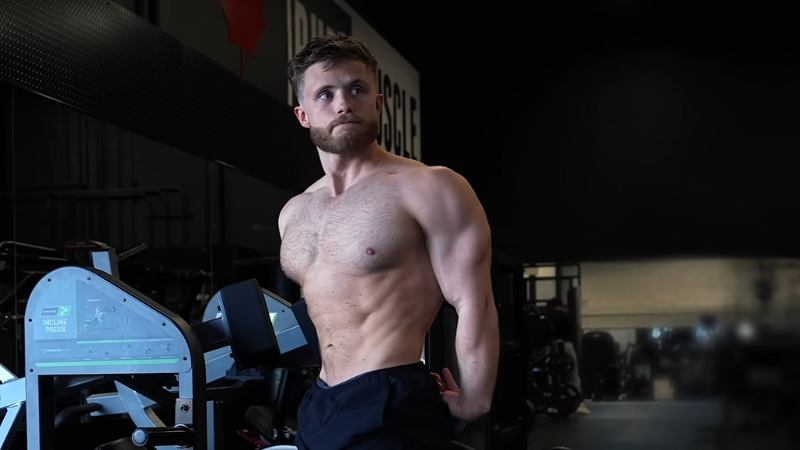
Creating specific and attainable goals is crucial, whether one is focused on adding muscle or trimming fat. Clear and quantifiable goals are essential to maintaining direction and avoiding distractions. Here are some methods for setting effective goals:
- Specific and quantifiable targets: Consider replacing vague intentions like wanting to get stronger with clearer ones such as aiming to add 20 pounds to a deadlift within six months.
- Realistic expectations: Rapid transformations are often unrealistic, such as expecting significant muscle gain or fat loss overnight.
- Time-framed goals: Setting deadlines encourages accountability and motivation.
It’s essential that these objectives dovetail with the broader plan. For instance, if lifting capacity is to be increased during a fat-cutting phase, a reassessment of the strategy is necessary.
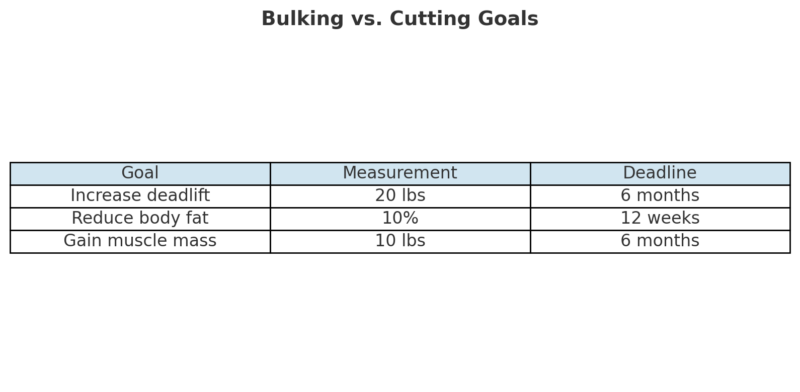
Balancing short-term and long-term goals can suffice in sustaining motivation and allowing for visible progress over time. Short-term targets often present smaller, more manageable milestones, whereas long-term goals might require more dedication but lead to substantial achievements.
Adaptability is essential. If a set goal becomes irrelevant or unreachable, redefining it in line with the overarching plan ensures continuous commitment.
Tracking Your Progress
Evaluating progress is a crucial part of understanding whether one is on the right path toward achieving their goals. Monitoring weight and body fat is a common and effective measure.
Regularly weighing oneself at the same time can offer consistent results. Examining body fat percentage unveils insights into the balance between fat and muscles, a vital component of health. Common target ranges are 10-20% for men and 20-30% for women.
Body Type
Suggested Body Fat Percentage
Athletes
5-10% for men, 15-20% for women
Fitness enthusiasts
10-15% for men, 20-25% for women
Average individual
15-25% for men, 25-35% for women
Progress may not always follow a linear trajectory and can slow or plateau. Maintaining patience and celebrating small victories contribute to ongoing advancement toward goals.
Increasing Muscle Mass and Size
View this post on Instagram
This additional intake of calories provides the necessary fuel and nutrition for developing muscle tissue.
Naturally, alongside muscle growth, some fat accumulation is expected because excess calories are stored as fat.
To limit unnecessary fat gain, it’s important to focus on whole, nutrient-rich foods and carefully monitor body fat levels.
Patience plays a critical role in this process as muscle growth takes time, often requiring months or even years before significant results become apparent.
Consistent resistance training is fundamental to effective bulking, combining strength exercises with a nutritious diet for optimal results.
Developing a customized workout plan is advantageous, ensuring muscular development is tailored and efficient.
Caloric intake should increase by 200-500 calories daily to support muscle growth while minimizing excessive fat gain.
Advantages of Muscle Mass Gain
Benefit
Explanation
Boosts Muscle Growth
Consuming more calories helps to build muscle by providing the necessary energy resources.
Enhances Strength
Increased muscle mass translates to improved strength and the ability to lift heavier loads.
Elevates Hormone Levels
May elevate testosterone, a hormone vital for muscle growth.
Accelerates Metabolism
A higher caloric intake can enhance metabolism, aiding in the maintenance of muscle mass.
Focusing on a balanced diet rich in protein, complex carbohydrates, and healthy fats is vital during this phase. These essential nutrients facilitate muscle repair and growth. The main goal is to enhance muscle size and strength while managing fat accumulation effectively.
Strategies for Effective Muscle Mass Gain
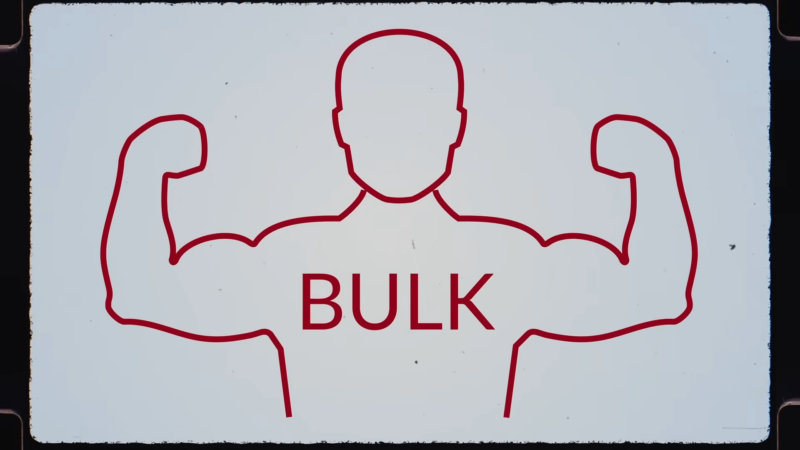
A methodical, structured, and directed approach is crucial for successful muscle development. Here are some guidelines to enhance this process:
Create a Caloric Surplus: Essential for muscle growth, this involves taking in more calories than are burned.
Aim for an additional 200-500 calories per day, and be mindful not to significantly overconsume to avoid increased fat.
Crucial Nutrients
- Protein: Plays a key role in muscle growth. Aim for at least 1 gram per pound of body weight.
- Carbohydrates: Provide the energy needed for intense workouts, helping facilitate increased weights and reps.
- Fats: Essential for hormone production and maintaining overall health.
Nutrient
Importance
Protein
Essential for muscle growth
Carbohydrates
Provides energy for workouts
Fats
Key for hormone function and overall health
A well-rounded diet incorporating all essential nutrients aids muscle development. Avoid focusing solely on one macronutrient.
Additionally, incorporating a range of vegetables and micronutrients ensures a comprehensive intake of essential vitamins and minerals, promoting overall health and vitality.
Process of Fat Loss
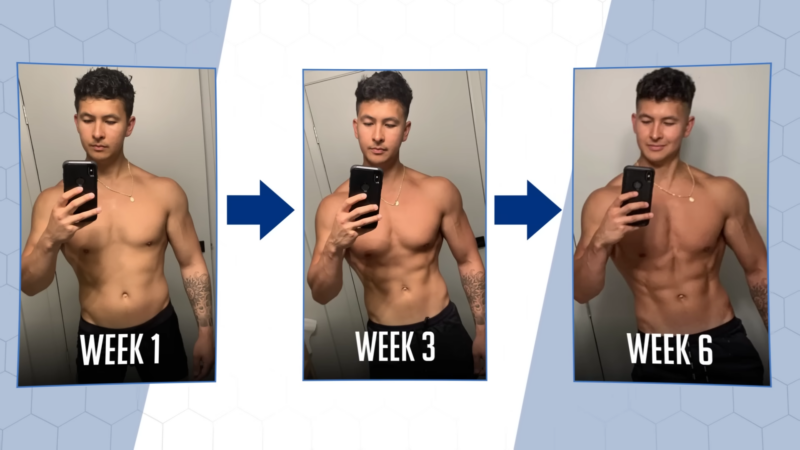
This is a strategy employed by individuals aiming to achieve a sculpted body for events, enhance their physique, or improve their health.
The process typically involves lowering calorie consumption and sometimes increasing cardiovascular activities.
Taking a gradual approach is essential to avoid the body turning to muscle stores for energy instead of fat, which can lead to a reduction in muscle mass.
To achieve success, disciplined adherence to both diet and exercise is crucial. The primary objective is to create a calorie deficit while keeping muscle intact.
Advantages of Reducing Fat Stores
Engaging in a fat reduction phase after building sufficient muscle mass can lead to a more toned and refined appearance. Below are some of the significant advantages of this approach:
Benefit
Detail
Muscle Visibility
Enhances the definition of muscles gained during muscle-building phases.
Health Improvements
Decreasing body fat can reduce the likelihood of developing health issues such as hypertension and cardiovascular diseases.
Athletic Enhancement
A more refined body can improve overall athletic performance by boosting mobility and agility.
Maintaining muscle mass while shedding body fat is the primary goal. This results in a physique that is not only visually appealing but also functional.
Strategies for Effective Fat Loss
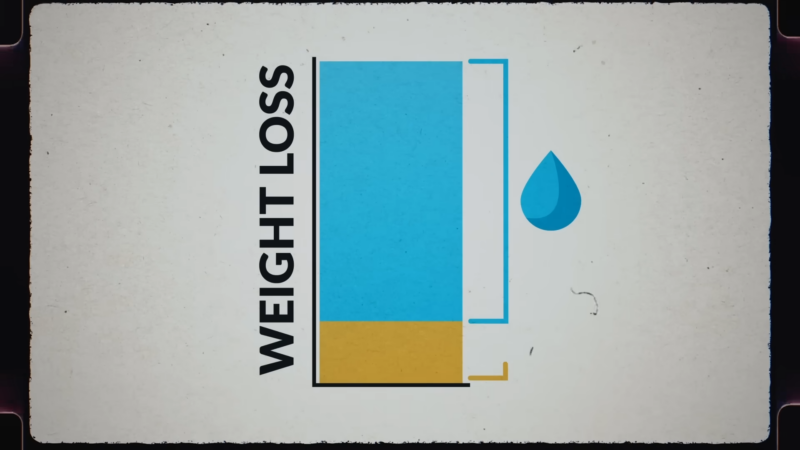
Efficiency is key in the fat loss process. Unlike muscle-building phases, reducing fat stores requires a methodical plan coupled with firm commitment. Here are some recommendations to effectively achieve your fat reduction goals:
- Implement a Caloric Deficit: Consuming fewer calories than the body requires is fundamental. A deficit of about 500 calories daily is a practical starting point. Monitoring food intake via journals or apps, and consulting with nutrition experts can be beneficial.
- Emphasize Lean Proteins: Incorporating sources like chicken, fish, and lean beef supports muscle maintenance. It’s advised to consume around 1 gram of protein per pound of body weight per day.
- Increase Fruits and Vegetables Intake: These foods are low in calories, rich in essential nutrients, and high in fiber, making them excellent for weight reduction. Aim for at least five daily servings.
- Reduce Intake of Processed Foods and Sugary Beverages: These items are calorie-dense and have low nutritional value. Focusing on whole foods and staying well-hydrated with water is more conducive to weight loss.
- Commit to Consistency: The journey demands an ongoing commitment to dietary habits and avoidance of temptations that might derail goals.
Sticking with these methods can lead to successful fat reduction and ultimately a leaner, healthier body.
The Challenge of the Skinny Fat Condition
The term “skinny fat” is used to describe a body type that combines low muscle definition with a relatively higher fat percentage, often concentrated around the midsection, hips, or thighs. It contrasts the common misconception that being thin equates to being healthy.
This condition arises when dieting excessively without adequate muscle-building efforts, which can lead to health issues such as cardiovascular diseases. Balancing muscle growth with fat reduction is crucial.
To overcome this, a balanced regimen of weight gain followed by fat loss should be adopted. Start by focusing on muscle growth, then switch to a fat-loss phase to enhance muscle visibility.
Cycles of gaining and losing weight can be repeated to maintain a desired physique. Importantly, the focus should remain on losing fat, not muscle, during dieting phases.
Suitable Body Fat Levels for Growth and Reduction
This Is a Healthy Body Fat Percentage, According to Doctors https://t.co/2hFft02M9U
— Runner’s World (@runnersworld) August 28, 2024
The consensus among experts is that men should aim for a body fat range of 10-15% and women for 20-25% before deciding to build or cut. Such levels provide sufficient energy for muscle growth while allowing for visible definition. Once upper limits are reached, emphasis can shift to reducing body fat.
It’s crucial to appreciate that these figures are general guidelines, as individual needs vary. Close monitoring of personal progress and response to diet and exercise allows for tailored approaches in reaching fitness goals.
Final Thoughts
Bulking and cutting represent two focused strategies used in fitness and bodybuilding. These methods offer distinct pathways toward reaching specific fitness goals.
A balanced consideration of personal objectives, body type, and lifestyle will guide an individual in selecting the appropriate approach. Each method comes with its own set of benefits and challenges. By structuring diets and workouts smartly, one can work towards their fitness goals effectively.
Essential factors include knowing one’s body fat percentage, maintaining consistency, and being responsive to bodily cues. Seeking professional guidance when needed is wise. Leveraging resources like a workout app can provide personalized support to maximize progress.

